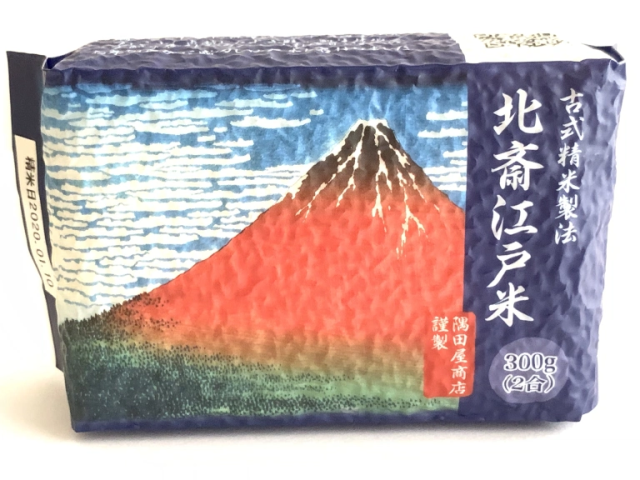
A Tokyo time trip for your taste buds.
Japan is a culinarily eclectic place, with the country’s penchant for importing and adapting international food trends giving us such modern innovations as Pikachu Cherry Blossoms Afro Pancakes and cheddar cheese tempura. But one thing that’s been a constant for hundreds and hundreds of years is that rice is the foundation of the Japanese diet.
That doesn’t mean that the rice people in Japan eat today tastes the same as what their samurai-era ancestors ate, though. We recently found out about a place in Tokyo that sells rice with the flavor of the Edo period, the stretch of Japanese history from 1603 to 1868, corresponding to the reign of Japan’s last shogunate.
This Edo Rice (or Edomai, as it’s called in Japanese) is offered at Sumidaya Shoten, a rice shop in the Sumida Ward of Tokyo (which used to be called Edo before it became Japan’s official capital). However, Edo Rice doesn’t get its name from being grown in Tokyo, but from being prepared using the centuries-old style that was used for rice in the Edo period.
As the de facto seat of power in the day, Edo’s population needed more rice than could be grown nearby. Edo rice merchants would buy rice from around the country, have it shipped to Edo, carefully selecting the best regional varieties to blend together. Sumidaya Shoten follows this tradition with a resident rice connoisseur handling the selection, but the key link to the past is in how Edo Rice is polished.
In simple terms, “polishing” the rice involves buffing the kernels to remove their rough, outer layers. Nowadays, modern machinery makes it easy to remove as much of the outer layer as rice sellers want to, and removing more of it results in kernels with a bright white color that’s considered extra-appetizing in Japan.
▼ Modern-polished white rice
Back in the Edo period, though, rice millers had to rely on water wheels to turn their grindstones, and this less-efficient (compared to modern machinery) system meant that only a thin strip of the outer layer was removed from the rice.
Sumidaya Shoten isn’t so old school that it uses a water wheel, but it does configure its machinery to remove far less of the rice’s outer layer, resulting in rice with a distinct amber color.
▼ Edo Rice
▼ Modern white rice (left) vs. Edo Rice (right)
While you can cook Edo Rice like any other variety, Sumidaya Shoten’s staff does have a few recommendations. First, a light washing is best, they told us. A quick two or three rinses prior to cooking is all you need.
▼ The water quickly turns a milky white with Edo Rice.
Next, Sumidaya Shoten suggests an extra-long soak, leaving the rice in water for two to three hours before cooking.
Oddly enough, once it’s time to actually cook the rice, the staff told us it’s best to use your rice cooker’s high-speed cooking mode. They’re not sure of the exact reason why, but somehow bringing the rice cooker up to its full cooking temperature as quickly as possible results in the best flavor, they’ve found.
Once the cooking was done and we opened the lid of our rice cooker, though, we were in for a major surprise…
…because despite the amber color of the pre-cooked kernels, Edo Rice cooks up as snowy white as any other rice we regularly buy in Japan.
▼ Modern white rice (left) and Edo Rice (right)
But while Edo Rice may look like the extra-polished stuff, it has a fragrance and flavor all its own. By leaving more of the upper layers of the kernels intact, Edo Rice has an extra-grainy aroma that entices you to bite into a mouthful as soon as possible. Once you do, you’re rewarded with a deeper flavor than modern rice varieties, one that seems to become sweeter and sweeter as you chew and smell it.
Edo Rice is sold in two sizes: a 300-gram (10.6-ounce) pack bearing a beautiful ukiyo-e rendering of Mt. Fuji for 648 yen (US$6.30), or a more utilitarian five-kilogram sack for 2,450 yen.
5kgで2450円(税別)と思えない味……
— 🍆あやぽん🍆(伊達彩香)🍆 (@ayaka0212v) March 6, 2020
ありがとう古の技術…… pic.twitter.com/JnR6khUHil
Between the Kyoto restaurant serving one of the favorite foods of famed samurai warlord Akechi Mitsuhide, the return of a milky snack loved by Japanese court nobles 1,000 years ago, and now this, we’re happy to be having so many ways to let our taste buds time travel back in Japanese history, plus have another reason to use our new portable rice cooker.
Shop information
Sumidaya Shoten / 隅田屋商店
Address: Tokyo-to, Suida-ku, Higashi Komagata 1-6-1
東京都墨田区東駒形1-6-1
Open 9 a.m.-6 p.m.
Closed Mondays
Website
Photos ©soraNews24
● Want to hear about SoraNews24’s latest articles as soon as they’re published? Follow us on Facebook and Twitter!
[ Read in Japanese ]
Follow Casey on Twitter, where he’s amazed the rice cooker he bought more than 20 years ago still works fine.
[ Read in Japanese ]

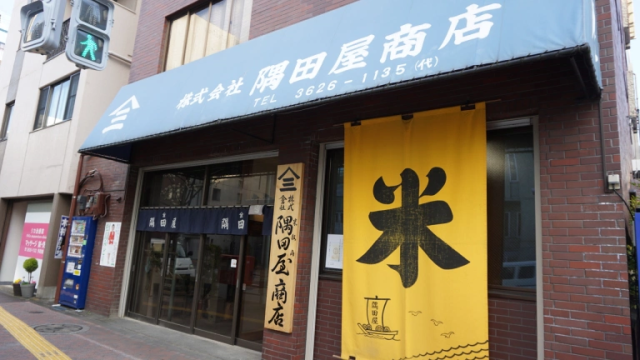
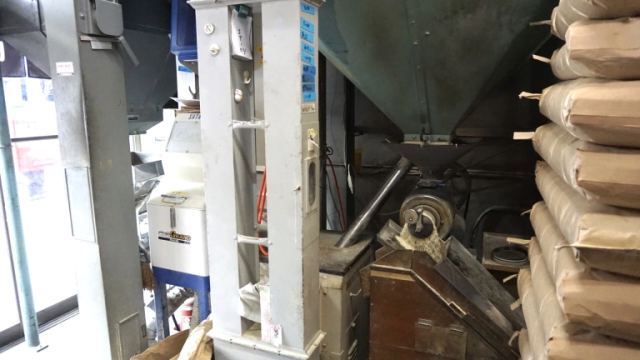
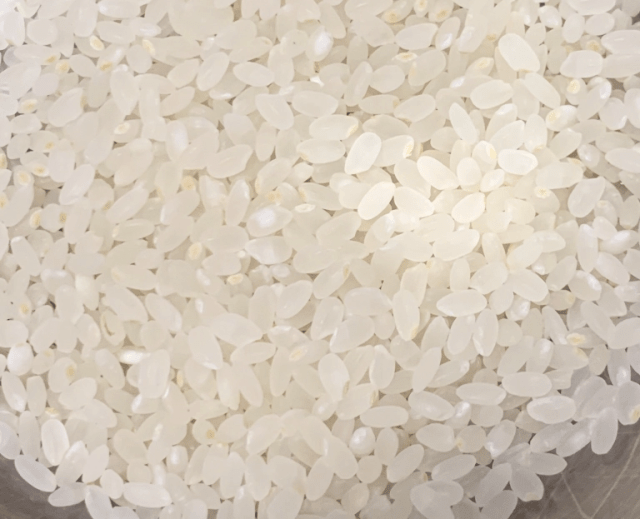
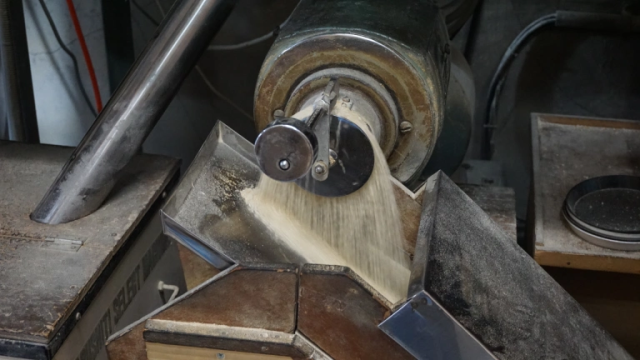
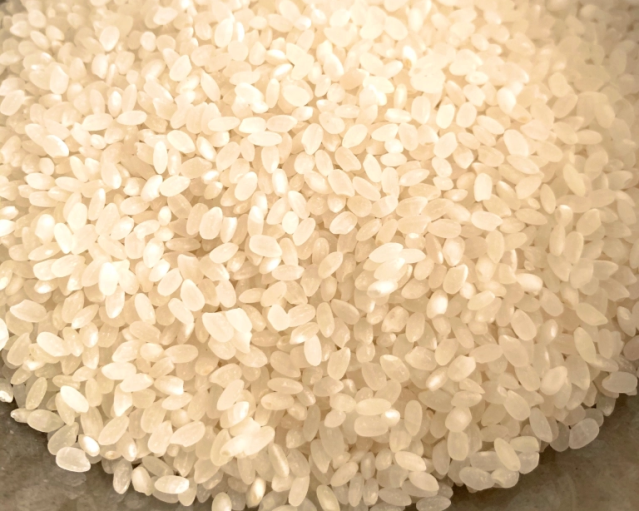
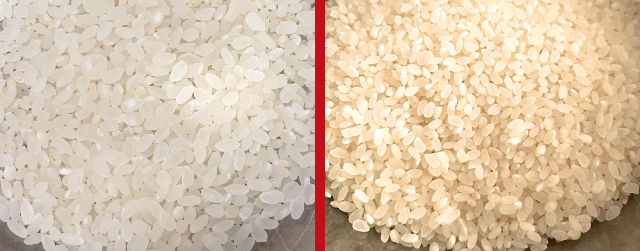
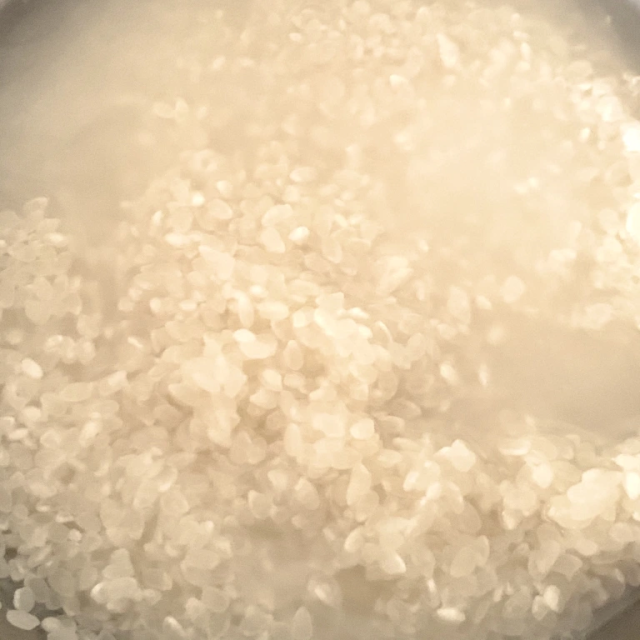
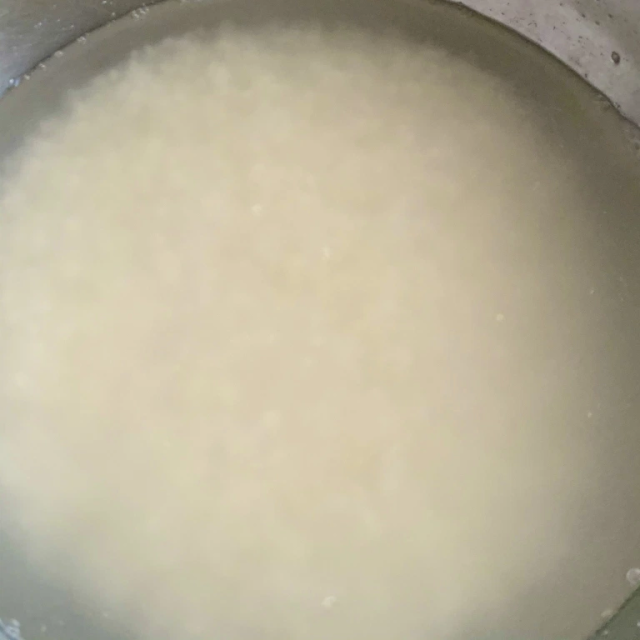
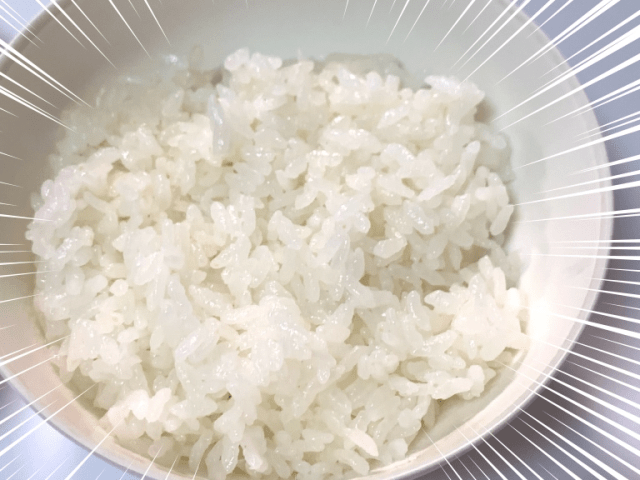
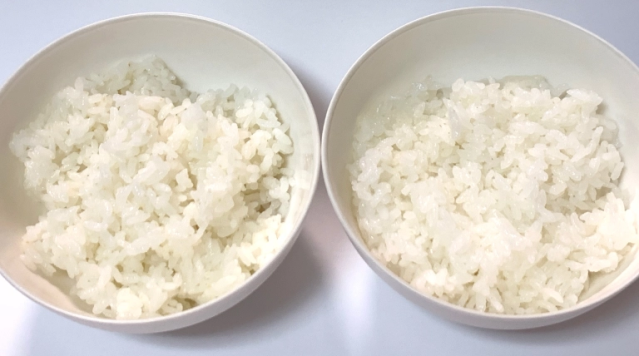
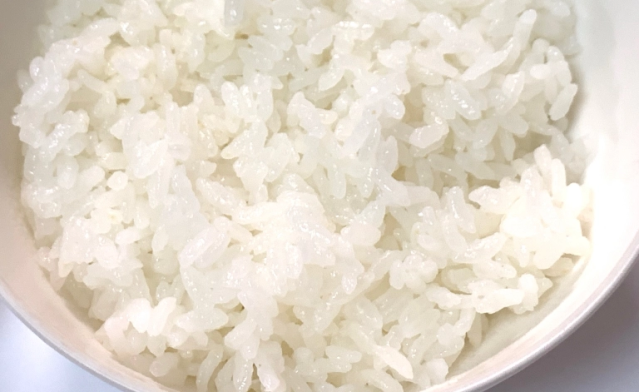
 The depressing diet of a Tokyo prostitute during Japan’s Edo period
The depressing diet of a Tokyo prostitute during Japan’s Edo period This amazing Weipa recipe tastes every bit like fried rice without frying rice
This amazing Weipa recipe tastes every bit like fried rice without frying rice Kaki gohan – A super-easy, super-tasty rice cooker treat to make this autumn【Recipe】
Kaki gohan – A super-easy, super-tasty rice cooker treat to make this autumn【Recipe】 Japan has an awesome one-person bento box rice cooker, and here’s what we made with ours
Japan has an awesome one-person bento box rice cooker, and here’s what we made with ours Rice cooker cooking: Bacon onion rice is amazingly easy, awesomely delicious
Rice cooker cooking: Bacon onion rice is amazingly easy, awesomely delicious Red light district sushi restaurant in Tokyo shows us just how wrong we were about it
Red light district sushi restaurant in Tokyo shows us just how wrong we were about it Japanese ramen restaurants under pressure from new yen banknotes
Japanese ramen restaurants under pressure from new yen banknotes Tokyo Tsukiji fish market site to be redeveloped with 50,000-seat stadium, hotel, shopping center
Tokyo Tsukiji fish market site to be redeveloped with 50,000-seat stadium, hotel, shopping center Pokémon Sleep camping suite and guestrooms coming to Tokyo Hyatt along with giant Snorlax burgers
Pokémon Sleep camping suite and guestrooms coming to Tokyo Hyatt along with giant Snorlax burgers Beautiful Red and Blue Star luxury trains set to be Japan’s new Hokkaido travel stars
Beautiful Red and Blue Star luxury trains set to be Japan’s new Hokkaido travel stars Akihabara pop-up shop sells goods made by Japanese prison inmates
Akihabara pop-up shop sells goods made by Japanese prison inmates McDonald’s new Happy Meals offer up cute and practical Sanrio lifestyle goods
McDonald’s new Happy Meals offer up cute and practical Sanrio lifestyle goods Mt. Koya planning to instate visitor’s tax to cope with huge tourist numbers
Mt. Koya planning to instate visitor’s tax to cope with huge tourist numbers Starbucks Japan adds a Motto Frappuccino to the menu for a limited time
Starbucks Japan adds a Motto Frappuccino to the menu for a limited time French Fries Bread in Tokyo’s Shibuya becomes a hit on social media
French Fries Bread in Tokyo’s Shibuya becomes a hit on social media All-you-can-drink Starbucks and amazing views part of Tokyo’s new 170 meter-high sky lounge
All-you-can-drink Starbucks and amazing views part of Tokyo’s new 170 meter-high sky lounge More foreign tourists than ever before in history visited Japan last month
More foreign tourists than ever before in history visited Japan last month Studio Ghibli releases new action figures featuring Nausicaä of the Valley of the Wind characters
Studio Ghibli releases new action figures featuring Nausicaä of the Valley of the Wind characters New private rooms on Tokaido Shinkansen change the way we travel from Tokyo to Kyoto
New private rooms on Tokaido Shinkansen change the way we travel from Tokyo to Kyoto Starbucks reopens at Shibuya Scramble Crossing with new look and design concept
Starbucks reopens at Shibuya Scramble Crossing with new look and design concept Studio Ghibli glasses cases let anime characters keep an eye on your spectacles
Studio Ghibli glasses cases let anime characters keep an eye on your spectacles Beautiful Ghibli sealing wax kits let you create accessories and elegant letter decorations【Pics】
Beautiful Ghibli sealing wax kits let you create accessories and elegant letter decorations【Pics】 Studio Ghibli releases Kiki’s Delivery Service chocolate cake pouches in Japan
Studio Ghibli releases Kiki’s Delivery Service chocolate cake pouches in Japan New definition of “Japanese whiskey” goes into effect to prevent fakes from fooling overseas buyers
New definition of “Japanese whiskey” goes into effect to prevent fakes from fooling overseas buyers Our Japanese reporter visits Costco in the U.S., finds super American and very Japanese things
Our Japanese reporter visits Costco in the U.S., finds super American and very Japanese things Studio Ghibli unveils Mother’s Day gift set that captures the love in My Neighbour Totoro
Studio Ghibli unveils Mother’s Day gift set that captures the love in My Neighbour Totoro New Japanese KitKat flavour stars Sanrio characters, including Hello Kitty
New Japanese KitKat flavour stars Sanrio characters, including Hello Kitty New Pokémon cakes let you eat your way through Pikachu and all the Eevee evolutions
New Pokémon cakes let you eat your way through Pikachu and all the Eevee evolutions Disney princesses get official manga makeovers for Manga Princess Cafe opening in Tokyo
Disney princesses get official manga makeovers for Manga Princess Cafe opening in Tokyo Sales of Japan’s most convenient train ticket/shopping payment cards suspended indefinitely
Sales of Japan’s most convenient train ticket/shopping payment cards suspended indefinitely Sold-out Studio Ghibli desktop humidifiers are back so Totoro can help you through the dry season
Sold-out Studio Ghibli desktop humidifiers are back so Totoro can help you through the dry season Japanese government to make first change to romanization spelling rules since the 1950s
Japanese government to make first change to romanization spelling rules since the 1950s Ghibli founders Toshio Suzuki and Hayao Miyazaki contribute to Japanese whisky Totoro label design
Ghibli founders Toshio Suzuki and Hayao Miyazaki contribute to Japanese whisky Totoro label design Doraemon found buried at sea as scene from 1993 anime becomes real life【Photos】
Doraemon found buried at sea as scene from 1993 anime becomes real life【Photos】 Tokyo’s most famous Starbucks is closed
Tokyo’s most famous Starbucks is closed One Piece characters’ nationalities revealed, but fans have mixed opinions
One Piece characters’ nationalities revealed, but fans have mixed opinions We asked a Uniqlo employee what four things we should buy and their suggestions didn’t disappoint
We asked a Uniqlo employee what four things we should buy and their suggestions didn’t disappoint Princesses, fruits, and blacksmiths: Study reveals the 30 most unusual family names in Japan
Princesses, fruits, and blacksmiths: Study reveals the 30 most unusual family names in Japan How much more expensive is it to use microwave rice packs instead of cooking/freezing your own?
How much more expensive is it to use microwave rice packs instead of cooking/freezing your own? We turn Japanese bamboo shoot rice dish into a delectable dessert【RocketKitchen】
We turn Japanese bamboo shoot rice dish into a delectable dessert【RocketKitchen】 Mr. Sato shows us what happens when you try to cook rice with only eggs 【SoraKitchen】
Mr. Sato shows us what happens when you try to cook rice with only eggs 【SoraKitchen】 Coffee-infused rice for rice balls and curry? Taste-testing a recipe from Japan’s coffee experts
Coffee-infused rice for rice balls and curry? Taste-testing a recipe from Japan’s coffee experts Did you know your rice cooker is also a ramen rice cooker?【SoraKitchen】
Did you know your rice cooker is also a ramen rice cooker?【SoraKitchen】 We try out “instant rice balls”, prepared with water, to see if they’re actually tasty
We try out “instant rice balls”, prepared with water, to see if they’re actually tasty How to cook rice in a Ziploc container【SoraKitchen】
How to cook rice in a Ziploc container【SoraKitchen】 Why throw away your leftover ramen broth when you can use it to make awesome ramen rice instead?
Why throw away your leftover ramen broth when you can use it to make awesome ramen rice instead? How do other flavors of ice cream rice compare to Meiji’s matcha ice cream rice recipe?
How do other flavors of ice cream rice compare to Meiji’s matcha ice cream rice recipe? Carry your change in a rice cooker coin case from Japan!
Carry your change in a rice cooker coin case from Japan! Survey reveals the top five times Japanese travelers realise just how Japanese they are
Survey reveals the top five times Japanese travelers realise just how Japanese they are It turns out deep frying grilled rice balls makes them amazingly delicious【SoraKitchen】
It turns out deep frying grilled rice balls makes them amazingly delicious【SoraKitchen】 We test Daiso’s new storage container to see if it keeps rice fluffy even after freezing
We test Daiso’s new storage container to see if it keeps rice fluffy even after freezing Rice, rice baby! Strains of Japanese rice get turned into cute anime girls on new packaging
Rice, rice baby! Strains of Japanese rice get turned into cute anime girls on new packaging New Japanese bowl-shaped donburi rice cooker cooks rice and toppings at the same time
New Japanese bowl-shaped donburi rice cooker cooks rice and toppings at the same time
Leave a Reply